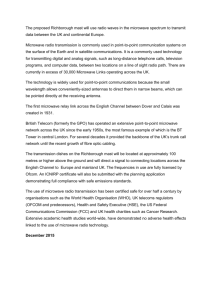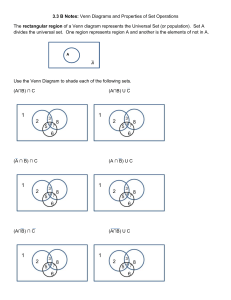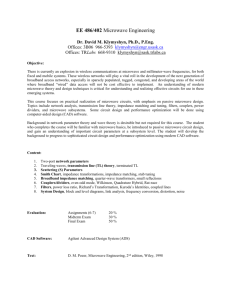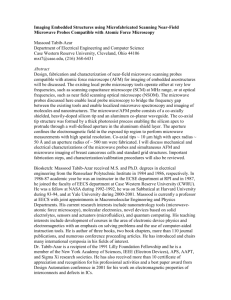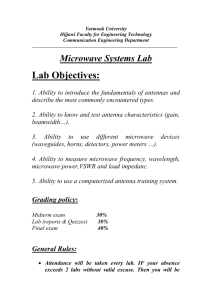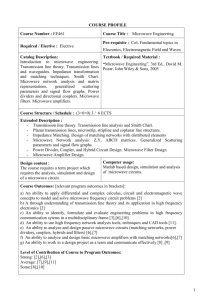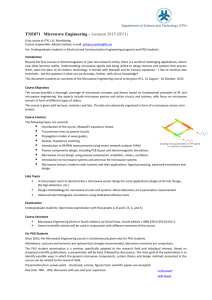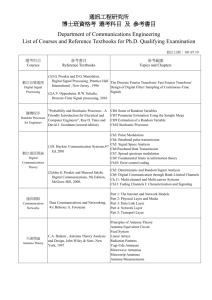eradication of bacteria present in water and on surfaces using
advertisement
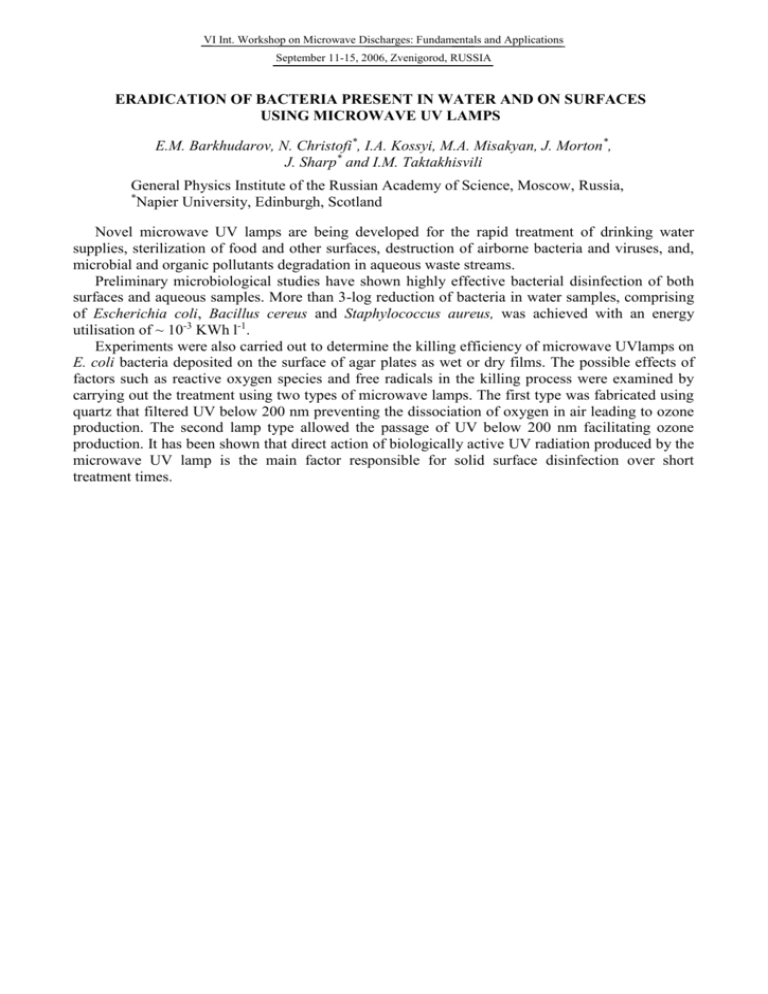
VI Int. Workshop on Microwave Discharges: Fundamentals and Applications September 11-15, 2006, Zvenigorod, RUSSIA ERADICATION OF BACTERIA PRESENT IN WATER AND ON SURFACES USING MICROWAVE UV LAMPS E.M. Barkhudarov, N. Christofi*, I.A. Kossyi, M.A. Misakyan, J. Morton*, J. Sharp* and I.M. Taktakhisvili General Physics Institute of the Russian Academy of Science, Moscow, Russia, * Napier University, Edinburgh, Scotland Novel microwave UV lamps are being developed for the rapid treatment of drinking water supplies, sterilization of food and other surfaces, destruction of airborne bacteria and viruses, and, microbial and organic pollutants degradation in aqueous waste streams. Preliminary microbiological studies have shown highly effective bacterial disinfection of both surfaces and aqueous samples. More than 3-log reduction of bacteria in water samples, comprising of Escherichia coli, Bacillus cereus and Staphylococcus aureus, was achieved with an energy utilisation of ~ 10-3 KWh l-1. Experiments were also carried out to determine the killing efficiency of microwave UVlamps on E. coli bacteria deposited on the surface of agar plates as wet or dry films. The possible effects of factors such as reactive oxygen species and free radicals in the killing process were examined by carrying out the treatment using two types of microwave lamps. The first type was fabricated using quartz that filtered UV below 200 nm preventing the dissociation of oxygen in air leading to ozone production. The second lamp type allowed the passage of UV below 200 nm facilitating ozone production. It has been shown that direct action of biologically active UV radiation produced by the microwave UV lamp is the main factor responsible for solid surface disinfection over short treatment times.


